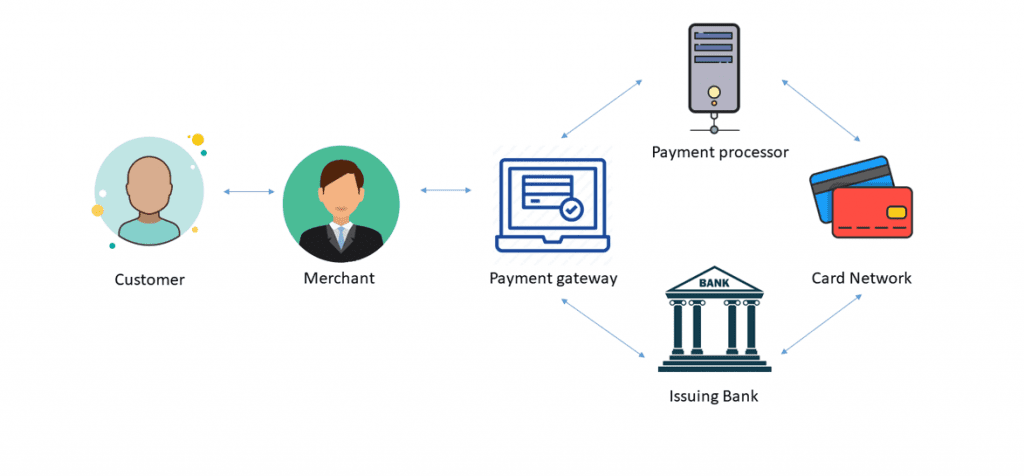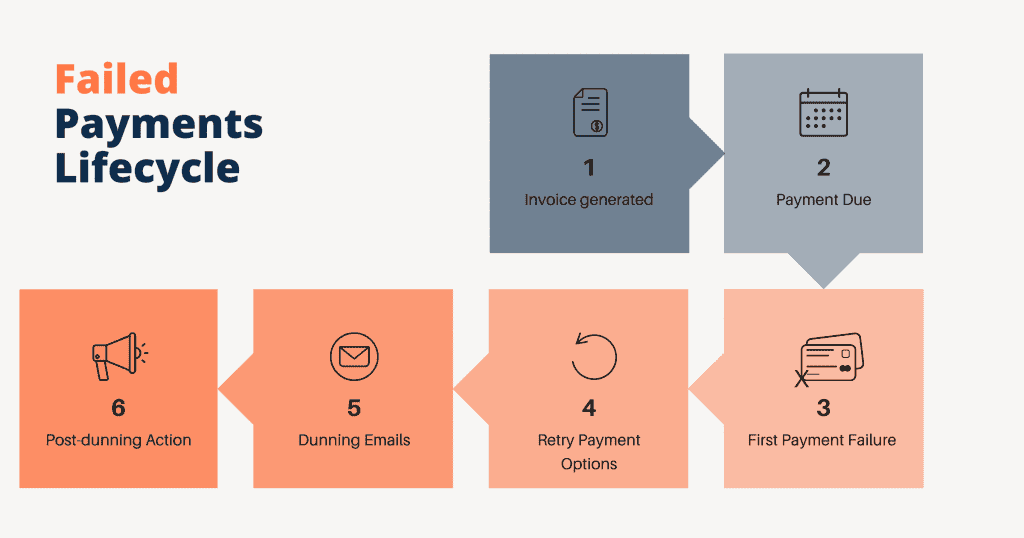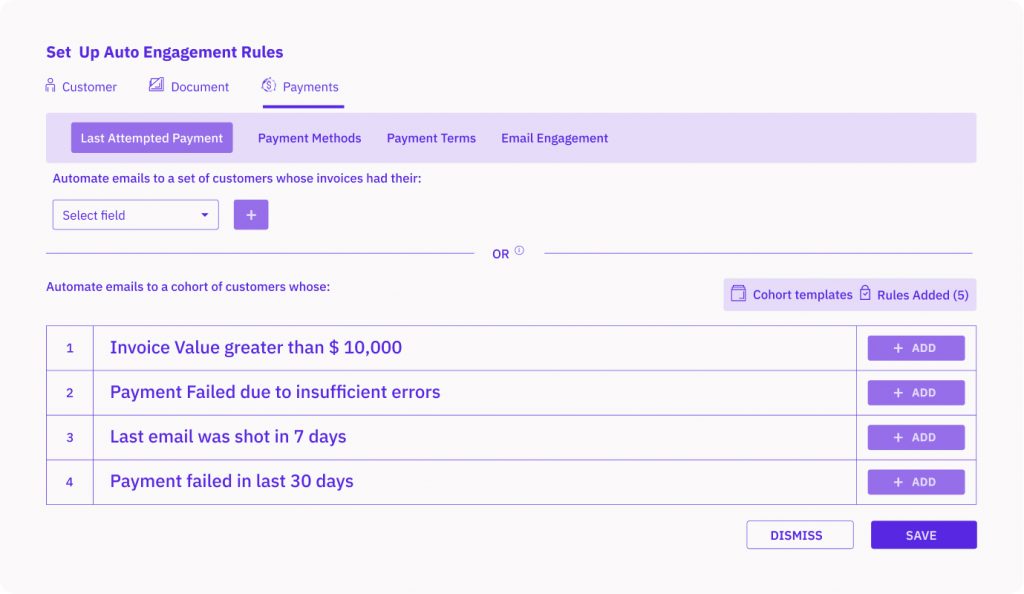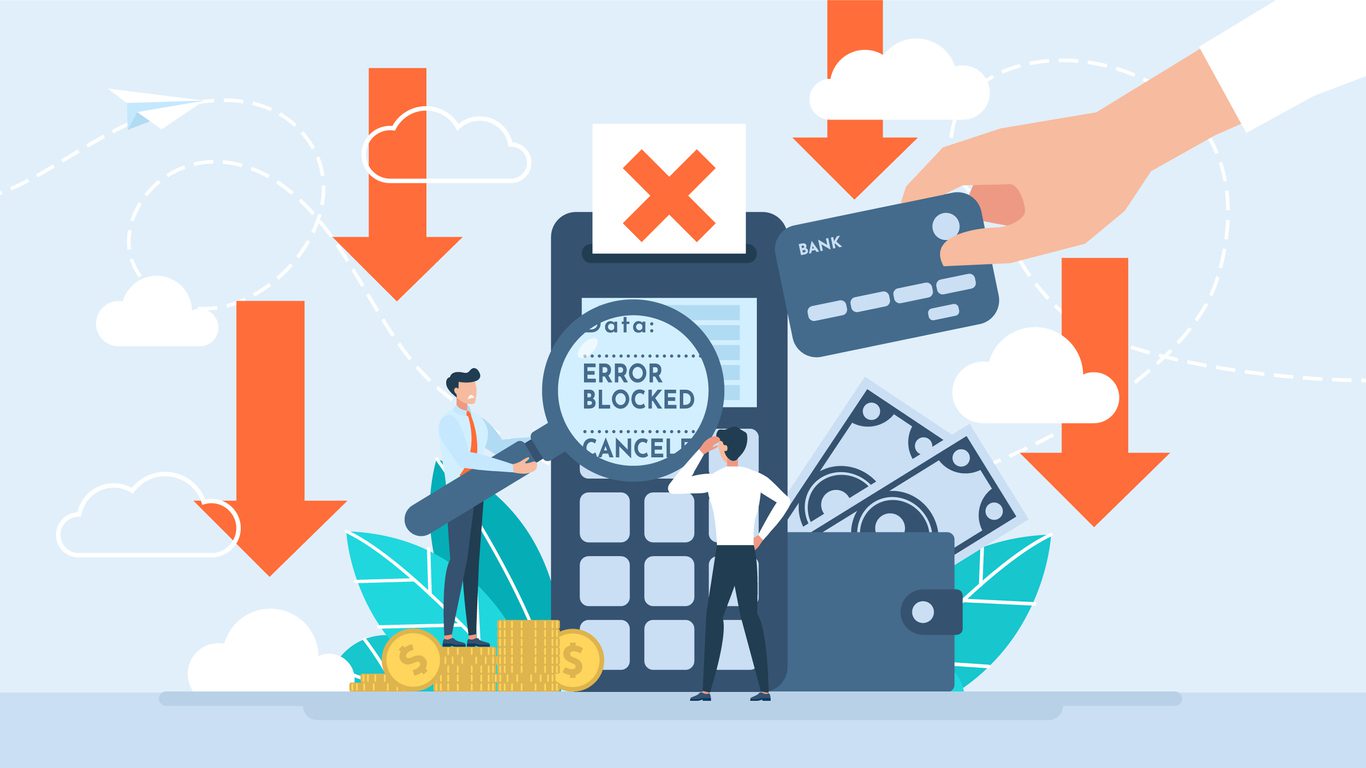According to Bain and Co., a customer retention increase of 5% can increase a company’s profitability by 75%. This is exactly why SaaS businesses need to ace customer retention to keep the revenue flowing. While many roadblocks in a renewal process can lead customers to churn, the most hurtful is a ‘Payment Failure’.
A failed payment literally forces a customer to leave your product/ service.
In this article, we decode the techniques to avoid SaaS failed payments and empower you to collect revenue that’s rightfully yours, all while maintaining a smooth customer experience. Read on.
What Causes SaaS Payment Failures?
In the subscription world, customers pay for the services they consume on a periodic basis (monthly, quarterly etc). To keep the whole experience effortless, the billing platform enables the customer to store their payment details on the platform. This essentially means that the customer is allowing the platform to auto-charge the stored payment mode, based on a scheduled billing cycle thereby sparing the customer from remembering & manually entering the payment details every renewal cycle.
However, things are not as easy as they seem.
Every recurring, online transaction goes through multiple intermediaries – payment gateways, payment processors, card networks, and the issuing bank before the money reaches the receiving account. If any of the intermediaries declines the transaction, the payment fails.

Image Source: Lyra
With so many moving parts involved, there are 100+ reasons that can cause a recurring payment failure instance. Some of the most common reasons include
- Insufficient funds
- Invalid credit card number
- Expired credit card
- Card on hold
- Card stolen/ reported lost
- Processor network unavailable
- Card declined
Research by Forrester revealed that insufficient funds are responsible for 53% of recurring payment failures.
All the subscription payment failure errors are clubbed under two broad categories:
Soft Declines
When the customer’s card issuing bank approves the payment but fails due to some operational glitches, it is termed a soft decline.
Hard Declines
When the customer’s bank refuses to authorize the payment, due to fraud, expired credit card etc, it’s defined as a hard decline.
Soft declines can be solved by simply retrying the same payment method at a later time. Alternatively, hard declines that happen on the customer’s end, like insufficient funds, or expired cards, require active customer engagement asking them to update payment details or add funds for successful recovery.
Now that we have understood the basics of payment failures, it’s time to learn the intricacies of avoiding them.
Techniques To Avoid SaaS Payment Failures
The figure below depicts a simple SaaS failed payments lifecycle from invoice generation to payment failure.

There is something you can do at every single stage of the payment failure lifecycle to recover the lost revenue.
Payment Due – Proactively Avoid Payment Failures
If you think about it, failed payments are a disease for subscription businesses. If left unattended, it robs even the most loyal customers and hurts the revenue engine to an irreparable extent. A canceled subscription due to a payment failure not only drums up a hole in the current revenue engine but future recurring revenue as well.
The phrase ‘prevention is better than cure’ aptly applies to the situation. It’s essential to deploy preventive measures that curb the onset of the disease (failed payment).
Let’s start off with the techniques you need to adopt to arrest payment failures.
Pre-dunning Emails
Before a payment is due, shoot a reminder email alerting clients on card expiries and missing payment information to avoid disrupting their service and your recurring revenue. To make these emails more effective, include a CTA asking your customers to take relevant action for a successful payment. For eg, in case of an expired card, lead them to a page where they can update their card information. Optimize this page so your customers don’t leave without updating an expired credit card.
With Chargebee, you can use pre-built filters that will automatically segment customers into cohorts and decipher high-risk defaulters to help your team take proactive action against them for a faster recovery.

In-app Notifications
Implement a non-interfering message notification inside your app asking the users to update their card details or add sufficient balance for the next payment. You can easily do so with tools like Intercom.
Backup Payment Methods
If your primary payment processor has operational glitches, charge the customer’s card from a backup payment processor. This safeguards your customer experience and avoids revenue churn.
Integrate with Payment Gateways that auto-update the Customer’s Card
Payment gateways like Stripe or Braintree partner with card networks like Visa and Mastercard that automatically update expired credit cards without customer intervention. So, choosing such payment gateways is beneficial to reduce the involuntary churn rate.
If the card is auto-updated, use a webhook to notify the customer and display the updated card details on your website or dashboard.
Ensure the correct Merchant Category Code (MCC) for your business
MCC is a four-digit code assigned to a business when it begins to accept online payments. If the MCC code is different from your company description, the issuing banks can reject recurring transactions.
Tag Recurring Payments
To avoid your SaaS payments being marked as ‘fraud’, tag them as recurring under the payment gateway or processor you are using.
The sad reality is that even after implementing all the above tactics, sometimes payments will fail. But, don’t worry. Here’s a list of everything you need to do in case a payment failure occurs.
First Payment Failure
Payment Retries
If you have a payment retry process for credit card declines, you can immediately fix most of the payment failures.
The first step for successful retries is segmenting the hard and soft declines. Once you know the payment failure error retry payments only for the soft declines. Since hard declines require customers’ intervention, they should be retried once the payment mode is updated.
Chargebee’s Smart retry automatically customizes the payment retry frequency based on the logic derived from analyzing past transaction data/patterns to increase the recovery rate by 25%. You can even customize the retry sequence based on your specific business requirements.
Dunning: End-to-end email Engagement Strategy to Recover Failed Payments
If retries didn’t work, you need your customers to intervene to complete the payment. This is done via a process popularly known as dunning, which means sending payment reminders to customers when a transaction gets declined. But, sending a mass email without customizing them for every customer will not help you recover the failed payment. Instead, it will have a domino effect of a bad customer experience and finally, a canceled subscription.
You need to get detailed information about failed transactions and reason codes at each customer level to assist your teams in developing a smart dunning strategy for a better recovery. Here’s a detailed step-by-step process of how to do that:
(1) Create customized customer cohorts
Segment customers based on payment failure reasons, payment history, invoice value, location, mode of payment, and payment patterns.
(2) Engage strategically with customers
“Your mantra for collections should be that every customer is unique and requires personalized communication. Like any good marketing strategy, take time to fully understand your target audience and their behavior for an effective engagement.”
– Aditya Tulsian, Director, Chargebee Receivables
Set up auto-engagement workflows with personalized communication for specific cohorts. You can then align your email communication with the personas you set up by segmenting your customers.
Communicate to your customer:
- Why the payment failed
- If it was from your end, state the reason with a quick apology and assure them of a resolution
- If it was from the customer’s end, suggest what they can do to prevent it
- Embed the follow-up communication with payment links to make the payment again
(3) Measure your dunning efforts
An in-depth payment failure analysis on an invoice and customer level along with churn trends is absolutely necessary to reduce the risk of involuntary churn. You need to measure your email performance, and recovery rate to build further communication cycles. Once you know the best communication pattern for your customers, you can nudge them the same way for every payment recovery.
Automating the aforementioned also helps ensure a higher revenue recovery. For example, Whiteboard reduced involuntary churn using Chargebee and increased its monthly recurring revenue (MRR) by 35%.
What to do after a Payment Failure
There are very less chances that a payment fails after you deploy all the above recovery strategies. But, let’s assume the worst-case scenario – a payment failure still occurs. In such a case, don’t cancel unpaid subscriptions, instead put them on hold until a customer gets back to you. You can also consider an annual billing cycle for your SaaS business, which would inherently reduce the number of credit card declines by offering your customers an annual pricing plan.
Stop losing your hard-earned revenue to Payment Failures
Global uncertainty is making it all the more difficult for SaaS businesses to acquire new customers. Decisions are taking longer, and CAC is at an all-time high making acquiring customers an expensive affair. In a bid to retain customers, companies are having to figure out new and interesting ways of delivering better value.
In such an environment, having customers churn and losing revenue because of a mechanical error like payment failure is not only hurtful, it should be deemed a crime. Chargebee’s Revenue Recovery Suite arms your team with an end-to-end dunning process that:
(1) Uncovers the reason behind failed payments
(2) Segment customers based on failed payments errors using prebuilt filters
(3) Set up retries and auto-engagement workflows to engage with customers proactively
(4) Get actionable insights into payment failures recovery to setup better future campaigns
In 2021, Chargebee helped subscription businesses recover over $75 million through smart dunning. You too can revolutionize your payment recovery with Chargebee. Schedule a demo with one of our experts today!

